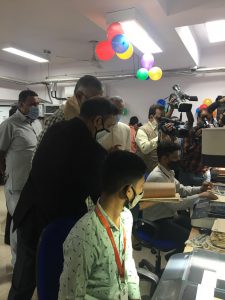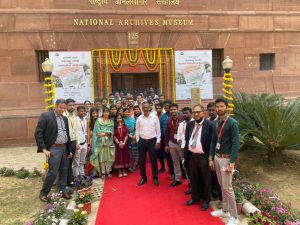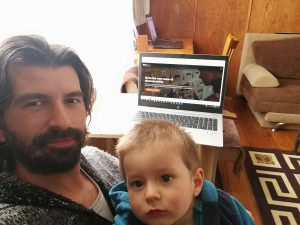In an increasingly tech-driven world, governments across the globe are looking for ways to hold on to the modicum of the past to preserve their heritage. By digitizing records and relics of historic importance, governments can effectively preserve and provide sustainable access to digital records to its citizens.
To ensure longevity of voluminous physical documents in its custody and to provide quicker access to archive records (a process that currently can take up to a month), the National Archives of India (NAI) has decided to digitize its documents in a phased manner. Out of the total archive of nearly 18 crore pages, about 4 crore 50 lakh pages will be digitized in the first phase over the next three years. NAI chose Ninestars for this key digitisation project in 2021 through a rigorous tender process.
Established on 11 March, 1891 at Calcutta (Kolkata) as the Imperial Record Department, NAI is the largest archival repository in South Asia containing a wealth of valuable information for historians, officials, and interested citizens. The 125-year-old body is home to priceless articles of Indian history including maps, bills assented to by the President of India, centuries old Buddhist texts, treaties, rare manuscripts, oriental records, official records maintained by the East India Company, private papers, cartographic records, important collection of Gazettes and Gazetteers, Census records, assembly and parliament debates, proscribed literatures, travel accounts, etc. These documents also shed light on the rule of the later Mughals, growth of the East India Company in India, colonial rule in India, Indian freedom struggle and growth and development in post Independent India. Apart from the political and administrative history, the archives at NAI provide information on socio-economic history and the scientific and technological progress of India over the years. These historic titles are of immense value to the nation and the global research community.
In order to broaden access to the Archives’ collections, and reduce the impact of frequent handling of the old or fragile material, Ninestars is helping NAI digitize and maintain their most valuable collections. Ninestars will help create high-resolution surrogates of the Archives’ digitized collections with scanning and enhanced optical character recognition (OCR) for more in-depth analysis. Additionally, we will help NAI in indexing the digital documents for easy retrieval of information. The digitised files will be uploaded on a DMS (Document Management System) Ninestars will build to make NAI records available on one single, secure platform.
We are looking forward to an exciting journey of helping The National Archives of India accelerate its digital transformation journey. A new chapter has begun. Here are some glimpses of the project inauguration ceremony.














































